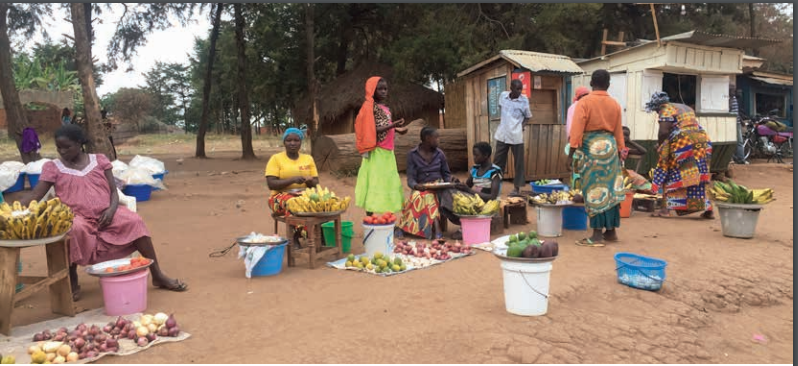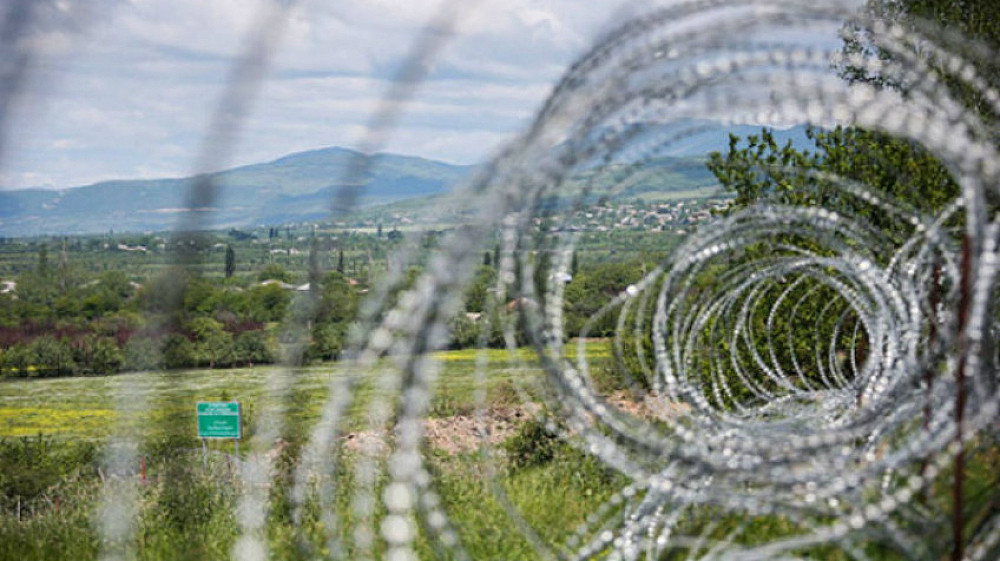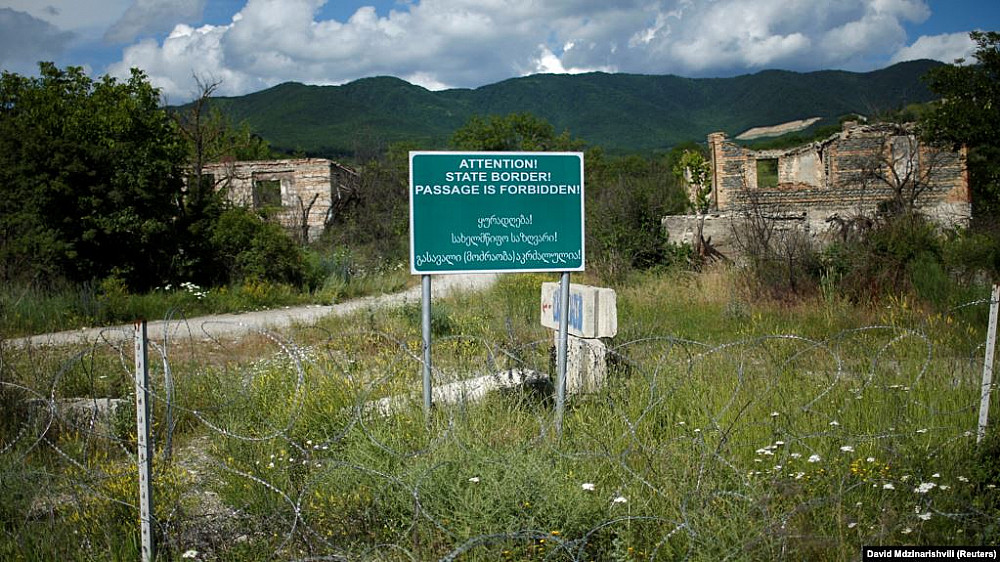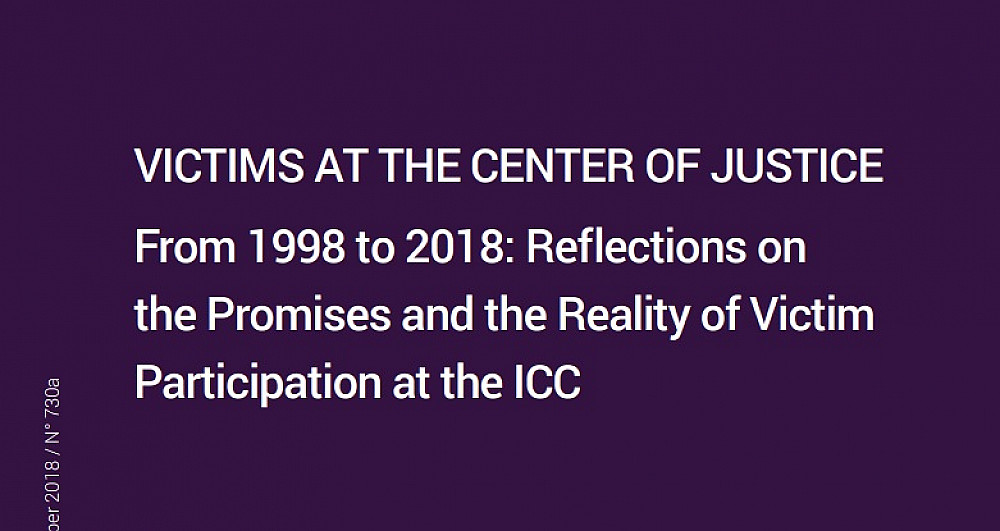
Retributive and restorative justice for victims: considerations on the Lubanga proceedings before the ICC
Introduction
One of the main innovations of the Rome Statute has been to change the role of victims from witnesses – constituting the majority of the incriminatory or exculpatory evidence presented in the proceedings – to one of autonomous participants. [D. Donat-Cattin, The Rights of Victims in ICC Proceedings, in Collection of Essays on the Rome Statute of the International Criminal Court (F. Lattanzi & W. Schabas eds.) 1999; D. Donat-Cattin, Article 68 - Protection of victims and witnesses and their participation in the proceedings, in Commentary on the Rome Statute of the International Criminal Court – Observers’ Notes, Article by Article, Second Edition (O. Triffterer), 2008.] They do not anymore support the thesis developed by one of the parties in the proceedings, namely the Prosecution or the Defence, as traditionally understood, but they present “their views and concerns” in an independent manner, benefiting from rights and obligations deriving from their status of participants in the proceedings.
Victims mention a multitude of reasons for claiming justice. The right to the truth is one of the components of the right to justice. In this regard, the main interest of victims in the establishment of the facts and the identification of the perpetrators is in itself the essence of the right to the truth generally recognised for the benefit of victims of serious violations of human rights. In the process of implementing this right through criminal proceedings, victims have a key interest in the outcome of the proceedings which ought to bring clarity in relation to what really happened, and fill the gaps which might persist between the procedural findings and the truth itself.
Victims wish to contribute to the search and the establishment of the truth. This process entails the speaking out, the sharing of events happened to them, the recognition of the harms suffered from, as well as of the crimes which generated said harms.
The right to reparations is also one of the essential components of the right to justice. Indeed, the process of participation has a cathartic and healthy virtue at an individual level, as well as a restorative virtue at a family, social and community level. If the choice of victims to participate in the proceedings is first and foremost an individual step, which allows each of them, mostly through their counsel, to convey part of their experience and knowledge of the events, said choice also sometimes become a collective step getting together communities, neighbours and families.
It is also a question for victims to advance the facts so that reconciliation can be achieved through the punishment of the persons responsible for the crimes committed, that justice is done and hoping that their courage will set an example to prevent the commission of crimes “of concerns to the international community”. [Preamble of the Rome Statute]
The first proceedings before the ICC (the Lubanga proceedings) shows that justice matters for victims and that they expect a careful, independent, fair, transparent, effective and watchful justice. A justice which is protective and restorative, able to establish the truth about the crimes that have been committed.
The Lubanga proceedings and its implications for victims
On 14 March 2012 Trial Chamber I delivered its judgment in the case of Mr. Thomas Lubanga Dyilo. [Situation in the Democratic Republic of the Congo, The Prosecutor v. Thomas Lubanga Dyilo, ICC-01/04-01/06-2842, Judgment pursuant to Article 74 of the Statute, Trial Chamber I, 14 March 2012.] Lubanga was found guilty of conscripting and enlisting children under the age of 15 and using them to participate actively in hostilities in the Ituri region in the Democratic Republic of the Congo (DRC) between 2002 and 2003. On 10 July 2012, Mr. Lubanga was sentenced to 14 years of imprisonment. [Situation in the Democratic Republic of the Congo, The Prosecutor v. Thomas Lubanga Dyilo, ICC-01/04-01/06-2901, Decision on Sentence pursuant to Article 76 of the Statute, Trial Chamber I, 10 July 2012.]
The Trial Judgment marked the first time that a militia leader is held responsible for crimes committed within the DRC. The case is particularly significant for the development of jurisprudence concerning child soldiers. It builds upon relevant decisions of other tribunals and sets a very high standard for the prohibition of the use of child soldiers. It applies even if, for example, their families support their actions due to the circumstances of the conflict. A high threshold for accountability is also established in relation to children who played an ‘indirect role’ (who were forced to carry out daily activities which might not necessarily require the use of weapons or combat). Indeed, in examining the level of danger the child was exposed to, the judges “[f]ound that both the ‘child’s support and this level of consequential risk’ meant that a child could be actively involved in hostilities even if he or she was absent from the immediate scene of the conflict”. [Situation in the Democratic Republic of the Congo, The Prosecutor v. Thomas Lubanga Dyilo, ICC-01/04-01/06-2842, op. cit., paras. 1355 – 1356.]
While the judgment marked a significant step against the punishment of crimes of conscripting and enlisting children under the age of 15 and using them to participate actively in hostilities, it is also criticised for its overly narrow focus. In particular, sexual and gender-based violence (SGBV) crimes were not included in the charges brought against Mr. Lubanga despite the notorious fact said crimes were committed as part of the recruitment practice, as shown during the trial by numerous witnesses who testified that such crimes were in fact committed. This is at best inconsistent with a growing appreciation that crimes and human rights violations specific to women are not just a casualty of conflicts, but a deliberate tool thereof.
The exclusion of SGBV crimes has caused disappointment among victims who considered that the presentation of the Prosecution case did not fully take into account what happened to them and the extent of their victimisation. In turn, this choice by the Prosecution not to charge any gender-based crimes has limited the possibility for victims to ask for reparations of the harms suffered in contrast with the increasing international recognition that justice demands the strengthened implementation of gender-sensitive reparations schemes.
On 7 August 2012, Trial Chamber I issued the decision establishing principles and procedures to be applied to reparations. The judges indicated two goals of reparations, namely to oblige perpetrators to “repair the harm” caused, and “to ensure that offenders account for their acts”. [Situation in the Democratic Republic of the Congo, The Prosecutor v. Thomas Lubanga Dyilo, ICC-01/04-01/06-2842, op. cit., paras. 1355 – 1356.]
The Chamber considered it unnecessary to remain seized throughout the reparations proceedings and refrained from issuing a reparation order against Mr. Lubanga in light of his indigence. It found, instead, that reparations should be awarded “through” the Trust Fund for Victims and tasked the Fund with the dual mandate of “determine the appropriate forms of reparations and to implement them”. [Ibid, para. 266.]
This approach caused disappointment among victims and triggered several appeals. In particular, victims questioned the fact that Mr. Lubanga was not considered liable for reparations, that the Chamber only adopted a collective approach to reparations and that judicial functions should not be delegated to the Trust Fund.
On 3 March 2015, the Appeals Chamber reversed the Trial Chamber’s decision issuing an Amended Order for Reparations. [The Prosecutor v. Thomas Lubanga Dyilo, Judgment on the appeals against the “Decision establishing the principles and procedures to be applied to reparations” of 7 August 2012 with Amended Order for reparations (Annex A), ICC-01/04-01/06-3129, Appeals Chamber, 3 March 2015 (the “Amended Order for reparations” and the “Appeals Judgment”)] The Appeals Chamber’s most important conceptual clarification is the establishment of the principle of accountability of the convicted person towards victims which complements the punitive dimensions of the ICC.
The Appeals Chamber recognized a “principle of liability to remedy harm”, which flows “from the individual criminal responsibility” of the perpetrator. [Ibid, paras. 99 – 101] It specified that the accountability of the offender must be “expressed” through an order “against” the convicted person and that the indigence of the convicted person is not an obstacle to the imposition of liability for reparations. This finding is a clear victory for victims who sought express judicial acknowledgment of accountability, independently of the convicted person’s indigence.
The Appeals Chamber stressed the need for legal certainty and held that a judicial reparation order must contain at least five “essential elements”. [A reparation order must 1) be directed against the convicted person; 2) establish and inform the convicted person of his or her liability with respect to the reparations awarded in the order; 3) specify, and provide reasons for, the type of reparations ordered, either collective, individual or both, pursuant to rules 97(1) and 98 of the Rules of Procedure and Evidence; 4) define the harm caused to direct and indirect victims as a result of the crimes for which the person was convicted, as well as identify the modalities of reparations that the Trial Chamber considers appropriate based on the circumstances of the specific case before it; and 5) identify the victims eligible to benefit from the awards for reparations or set out the criteria of eligibility based on the link between the harm suffered by the victims and the crimes for which the person was convicted. See the Amended Order for Reparations, Annex A to the Appeals Judgment, para. 1.] The Appeals Chamber’s decision makes it clear that the establishment of accountability towards victims through reparation proceedings may be an asset per se. It sends a clear message that the Court should not rush over reparation decisions, but listen to victims and pay greater attention to their harm. It also increases the modalities of participatory justice and options of consultation of victims in designing the reparations scheme which fits their needs.
How the ICC would be able to handle this new type of litigation is unclear. Reparation proceedings may require expertise and skills that differ partly from criminal adjudication of the facts. Moreover, adjudication on reparations may entail longer judicial proceedings, triggering, therefore, the question of the actual benefit for victims. Indeed, lengthy reparation proceedings may have negative effects because of continuous traumatization or re-traumatization, increasing victims’ fatigue and causing new grievances.
Moreover, there is a more fundamental question of whether and how the perpetrator-centered reparation regime at the ICC can redress damages in situation countries, without creating further harm and societal division. Some authors argue that ICC proceedings may create new dividing lines or hierarchies among victims, through their selectivity, abstraction, and processes of inclusion and exclusion. [S. Kendall, S. Nouwen, Representational practices at the International Criminal Court: the gap between juridified and abstract victimhood, in Law and Contemporary Problems, No. 3 and 4, 2013, 235 – 262.] These tensions are even more apparent in proceedings where patterns of victimization reflected in crimes and charges may privilege harm of one group and side-line victimization of others.
The Lubanga case already poses this issue since it involved predominantly perpetration and victimization within one group, the Hema population. The Amended Order for Reparations refers at this possible tension acknowledging that selectivity “could give rise to a risk of resentment on the part of other victims and re-stigmatization of former child soldiers within their communities”. [The Amended Order for Reparations, Annex A to the Appeals Judgment, footnote 44 p. 18.]
Yet reparations are about more than just responding to victims’ basic needs. Reparations must respond to the real impact of violations in victims’ lives and at the same time be received as sincere efforts on the part of the larger society to acknowledge what happened and to provide some real measure of justice to those harmed. Moreover, reparations in restoring the dignity of the victims can help to create the conditions necessary for reconciliation. The community dialogue provides an opportunity for victims and their families to discuss the underlying causes of the conflict and to address community understandings and perception that can prevent or fuel conflict. This process will help to rebuild trust within and between communities, and foster reconciliation.
In this regard, the Appeals Chamber confirmed the possibility of “collective reparations”, directed to communities, within the limit of a sufficient link between the harm caused to the members of that community and the crimes committed by the convicted person. It recognized the benefits of such a “community-based approach” for prevention and reconciliation.
On 21 October 2016, Trial Chamber II - to which the matter was referred to for implementing the Amended Reparations Order – authorised the Office of Public Counsel for Victims (the “OPCV”) to proceed with the process of locating and identifying potentially eligible victims, and to submit their dossiers to the Registry on a rolling basis until 31 March 2017. [The “Order relating to the request of the Office of Public Counsel for Victims of 16 September 2016”, ICC-01/04- 01/06-3252-tENG, Trial Chamber II, 21 October 2016] The purpose of the collection of new victims’ dossiers was to provide the Chamber with a sample of the potentially eligible victims to inform its decision as to the amount of Mr Lubanga’s liability for reparations.
Between November 2016 and March 2017, the OPCV undertook a series of mission in Ituri meeting with potential beneficiaries from 73 locations. [For an explanation of the activities undertaken, see the OPCV’s submission “Informations relatives aux enjeux ainsi qu’aux préoccupations et souhaits des bénéficiaires potentiels dans la procédure en réparations”, ICC-01/04-01/06- 3293-Red, 25 April 2017.] With the support of a Congolese Field Counsel based in DRC and several local focal points based in the different areas where potential beneficiaries resided, the OPCV put in place a methodology allowing to efficiently collect new dossiers in a short period of time. Individual interviews with potential beneficiaries took place in secure locations previously identified with the assistance of an interpreter. The findings of the Trial Chamber in its Judgement in relation to the locations of recruitment camps, the battles and names of commanders provided the basis for the assessment of the reliability of the accounts, as well as to determine the prima facie eligibility for reparations. As a result, the OPCV collected 394 dossiers of potential beneficiaries for reparations.
Consequently, on 15 December 2017, Trial Chambers II found that 425302 of the victims in the sample qualify for reparations awarded in the case and issued a decision setting the amount of Mr. Lubanga’s liability for reparations at USD 10,000,000. The Chamber recalled that the scope of a convicted person’s liability is proportionate to the harm caused and, among other things, his or her participation in the commission of the crimes for which he or she has been found guilty, in the specific circumstances of the case. [Ibid, paras. 268-278.]
Importantly, the Chamber recognised that evidence established the existence of hundreds or even thousands of additional victims affected by Mr. Lubanga’s crimes. It indicated that it will be for the Trust Fund to consider whether the persons who were not in a position to submit a dossier on time qualify for the collective award at the implementation stage of reparations. [Ibid, para. 280.]
The implementation of reparations awards has still not started due to the very volatile security situation and the most recent Ebola outbreak in the region.
Conclusion
Prosecution of crimes and redress for victims lie at the heart of the mandate of the ICC.
Retributive justice, as the fundamental concept inherent to all criminal prosecutions, was accepted as a crucial objective for the ICC: to uphold due process rights and the rule of law. Essentially, it is an expression of outrage by the international community against the intolerable and heinous acts of individuals who have “violated societal norms” and who, as a result, are deemed deserving of punishment in the form of “punitive measures [..] assigned through unilateral processes”. [D.M. Gromet and J.M. Darley, “Retributive and Restorative Justice: Importance of Crime Severity and Shared Identity in People’s Justice Responses”, in Australian Journal of Psychology 2009-61, p. 50.]
At the international level, retributive justice also plays a fundamental role in educating the public about what happened, and, in so doing, helps propagate important concepts for international harmony such as the equal worth of all persons and that “no one is above universal human rights criteria and that blatant disregard for those rights will not be condoned.” [K. Andrieu, “Transitional Justice: A New Discipline in Human Rights”, Online Encyclopedia of Mass Violence 2010, p. 5.]
However, a system that principally rests on the prosecution of perpetrators has its limitations. Some authors argue that international prosecutions alone cannot properly address crimes entailing gross human rights violations because “[T]he strict victim/perpetrator dichotomy does not account for the variety of ways in which ordinary individuals come to participate in violent actions”. [Ibid, p. 7]
Moreover, the ICC is located far from the countries where the atrocities were committed. This distance contributes to the isolation of victims from the prosecutions. A further limitation to a system built on retributive justice alone is the fact that international criminal law focuses on mainly prosecuting high-ranking officials. While it is not an explicit legal requirement that only the most senior leaders are prosecuted, the reality is that systems in place, with limited resources, cannot afford prosecutions for all possible suspects. The selectivity of perpetrators (and crimes) is a serious limitation to the justice that international criminal law can deliver to victims and to its healing capacity. Restorative justice, therefore, is important in making the specific circumstances and needs of victims more integral to the international criminal justice process as it encourages the shift towards incorporating the victims’ interests within the criminal proceedings. [T. Markus Funk, Victims’ Rights and Advocacy at the International Criminal Court, Oxford, OUP, 2010, 4; and A. H. Guhr, “Victim Participation During the Pre-Trial Stage at the International Criminal Court”, in International Criminal Law Review 109, 110 - 2008, 8. ]
While neither of the justice outcomes sought suffices when pursued separately, combined they can come closer to actually delivering on the promise of justice. Based on experience and research to date, it may be argued that elements of both restorative and retributive justice need to be present for international criminal law to deliver justice. International criminal justice deals with the most inheous crimes, which undeniably trigger deep international moral outrage. Moreover, international crimes often occur in intra-state conflict situations where it is a matter of neighbour against neighbour and community against community. These are circumstances where there is a close relationship between victims and perpetrators, so reconciliation becomes also an important objective to achieve.
However, a state in transition is extremely fragile and volatile. More often than not, post-conflict societies must deal with dysfunctional institutions, limited resources and traumatised populations in an environment marked by huge failures in the judicial sector and a lack of public confidence in the government’s ability to deliver on human rights, peace and security.
Justice becomes quite a relative concept in such a context. This means that, in societies suffering from mass atrocities on a scale incomprehensible to those who have not lived through them, it is crucial that the response is timely and takes a broad view of justice, incorporating both retributive and restorative elements.



